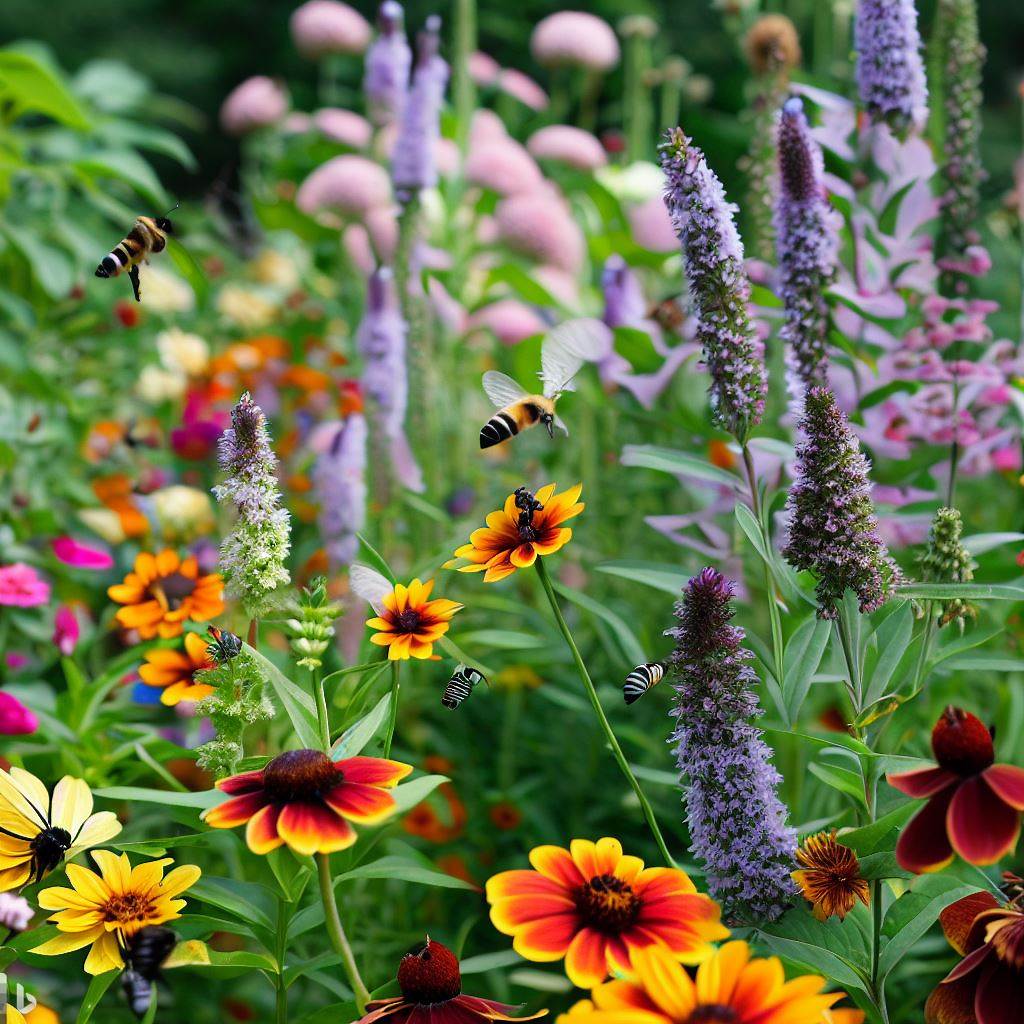June is National Pollinator Month: Celebrating the Vital Role of Bees, Butterflies, and Pollinator-Friendly Plants at BruMar Gardens in Annapolis, MD
June marks the arrival of National Pollinator Month, a time dedicated to recognizing the importance of pollinators and promoting their conservation. Bees, butterflies, and other pollinators play a crucial role in our ecosystems. At BruMar Gardens in Annapolis, MD, we invite our community to join us in supporting these invaluable creatures. In this article, we will explore the importance of pollinators, highlight pollinator-friendly plants available at BruMar Gardens, and provide resources for further information.
The Importance of Pollinators:
Pollinators are essential for the reproduction of flowering plants. Through the transfer of pollen, they enable fertilization and the production of seeds and fruits. Without pollinators, many plants would struggle to reproduce, leading to a decline in biodiversity and ecological balance. Additionally, pollinators contribute significantly to our food production, ensuring the availability of fruits, vegetables, and nuts.
Pollinator-Friendly Plants at BruMar Gardens in Annapolis, MD:
BruMar Gardens, located in Annapolis, MD, offers a diverse selection of pollinator-friendly plants that attract bees, butterflies, and other beneficial insects. Here are some noteworthy options:
- Bee Balm (Monarda spp.): With vibrant blooms and nectar-rich flowers, bee balm is highly attractive to bees, hummingbirds, and butterflies. It thrives in sunny locations with well-drained soil, making it an excellent addition to gardens in Annapolis.
- Butterfly Weed (Asclepias tuberosa): This native plant entices butterflies with its striking orange flowers and serves as a host plant for monarch caterpillars. Including it in your garden supports the conservation of these beautiful pollinators.
- Coneflowers (Echinacea spp.): Resilient and colorful, coneflowers are irresistible to bees and butterflies. With various shades available, they add diversity and beauty to gardens in Annapolis, MD.
- Butterfly Bush (Buddleja spp.): True to its name, the butterfly bush is a magnet for butterflies. Its long, cone-shaped flower clusters provide abundant nectar, making it a must-have plant for attracting pollinators.
- Lantana (Lantana spp.): With vibrant flowers in a range of colors, lantana is highly appealing to butterflies. It thrives in sunny locations and well-drained soil, adding a splash of color to landscapes.
To deepen your understanding of pollinators and discover more ways to create pollinator-friendly environments, I encourage you to explore the following resources:
- Pollinator.org (www.pollinator.org): This website provides a wealth of information on pollinators, their conservation, and creating habitats to support them. It offers resources, planting guides, and educational materials for individuals interested in fostering healthy ecosystems.
- The Xerces Society (www.xerces.org): The Xerces Society for Invertebrate Conservation is a renowned nonprofit organization that focuses on the protection of invertebrates, including pollinators. Their website provides a wealth of information, including publications, conservation strategies, and resources for creating pollinator-friendly habitats.
- National Wildlife Federation (www.nwf.org): The National Wildlife Federation provides valuable information on pollinators and their conservation efforts, along with resources for creating wildlife-friendly gardens and landscapes.
- University of Maryland Extension (extension.umd.edu): The University of Maryland Extension offers research-based information, publications, and educational resources related to gardening, horticulture, and pollinator conservation specific to Maryland.
By tapping into these resources and incorporating pollinator-friendly plants into our gardens and landscapes, we can make a positive impact on the well-being of pollinators in Annapolis, MD. Let us celebrate National Pollinator Month by creating welcoming spaces that provide food, shelter, and a thriving environment for these essential creatures.
Together, let us recognize and appreciate the vital role that bees, butterflies, and other pollinators play in our ecosystem. By taking action and supporting their conservation, we can ensure a brighter and more sustainable future for our planet.
